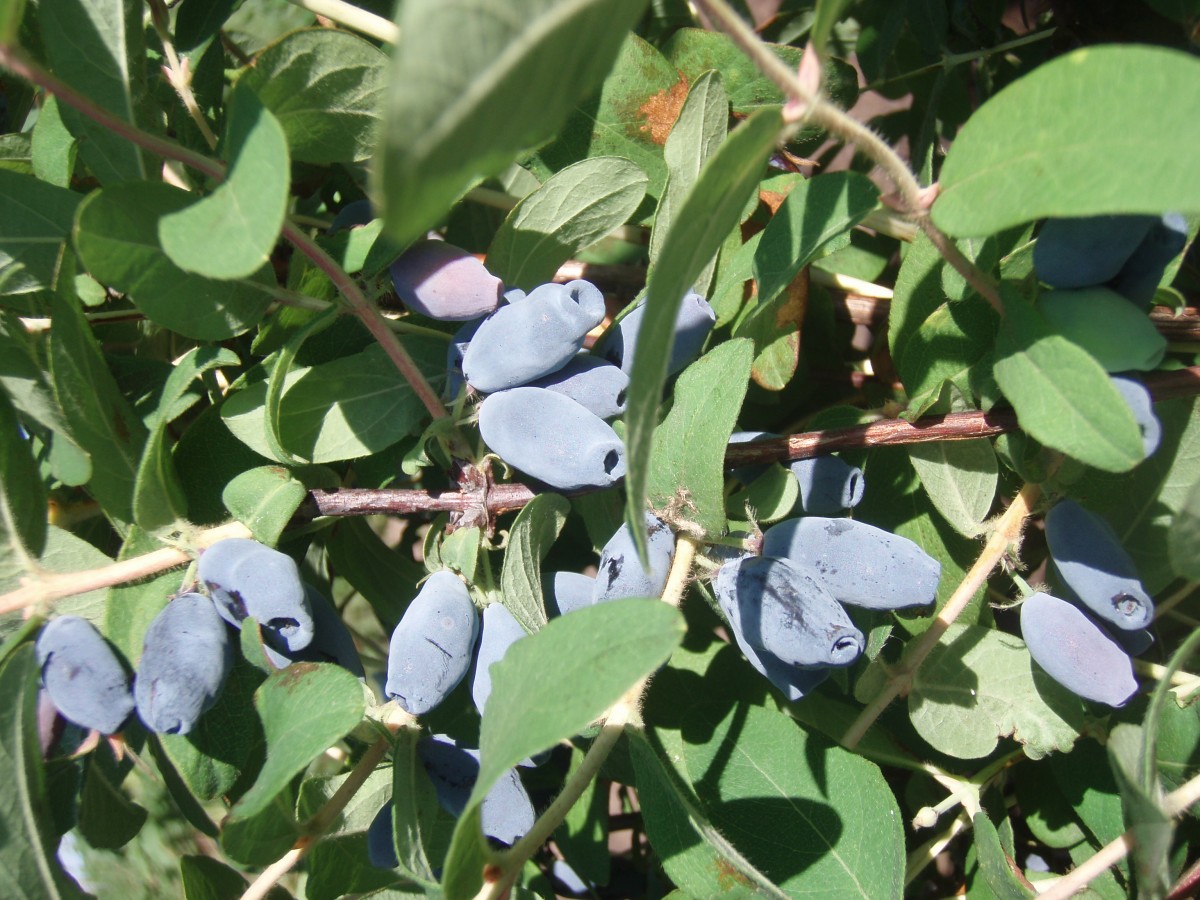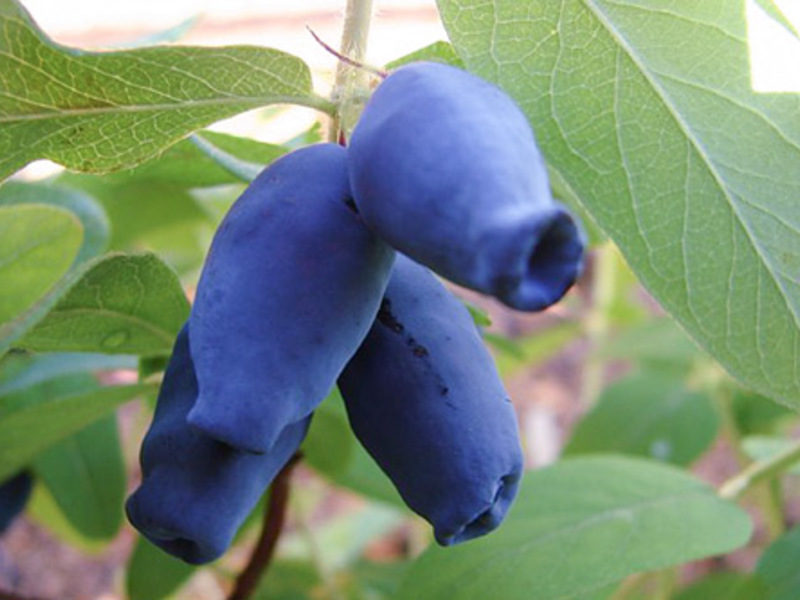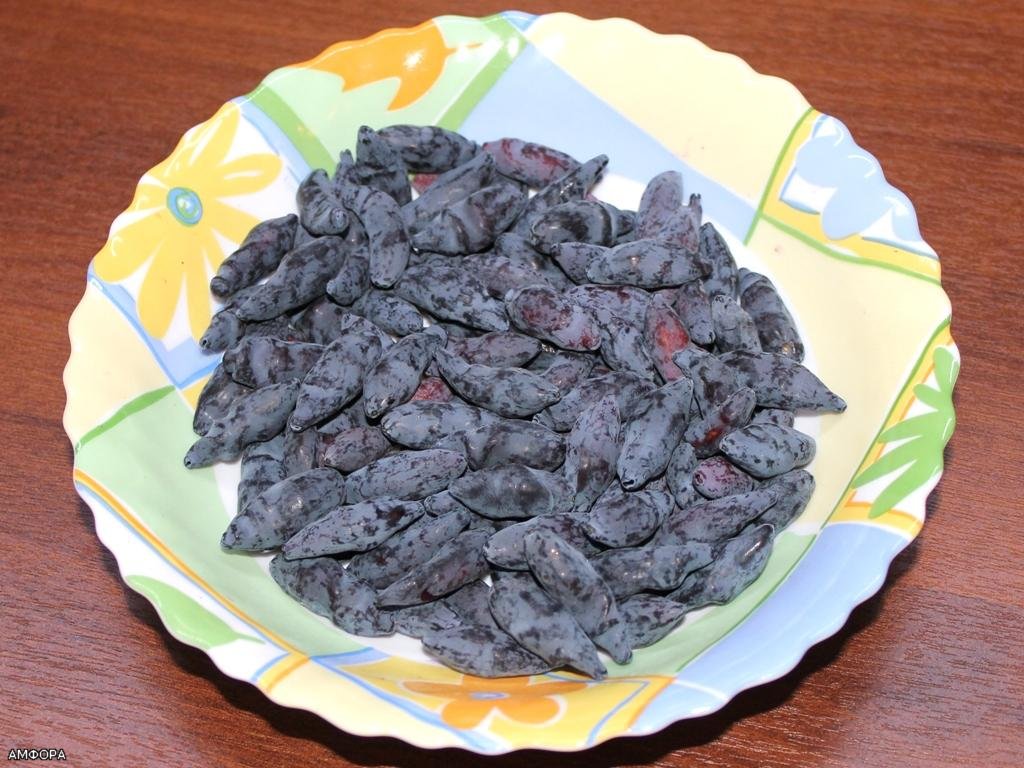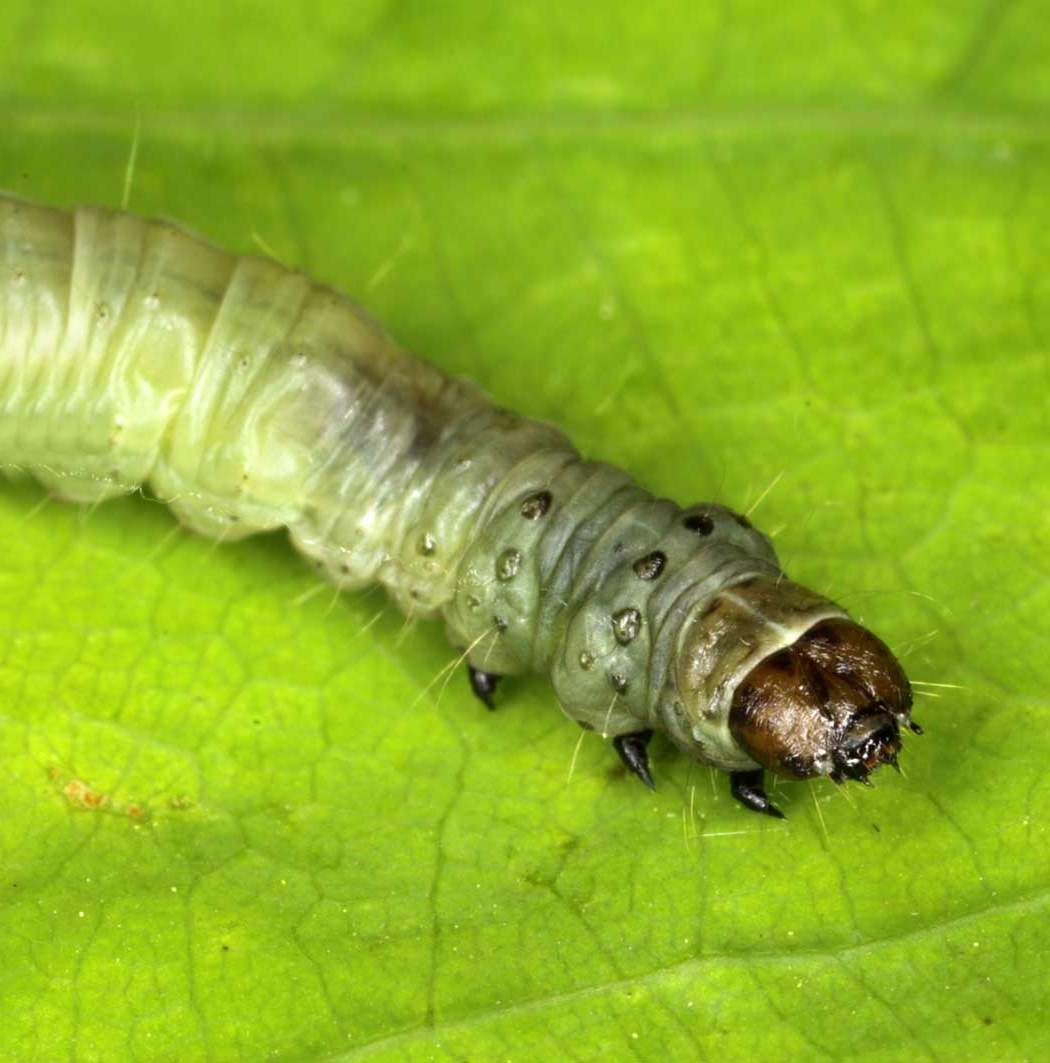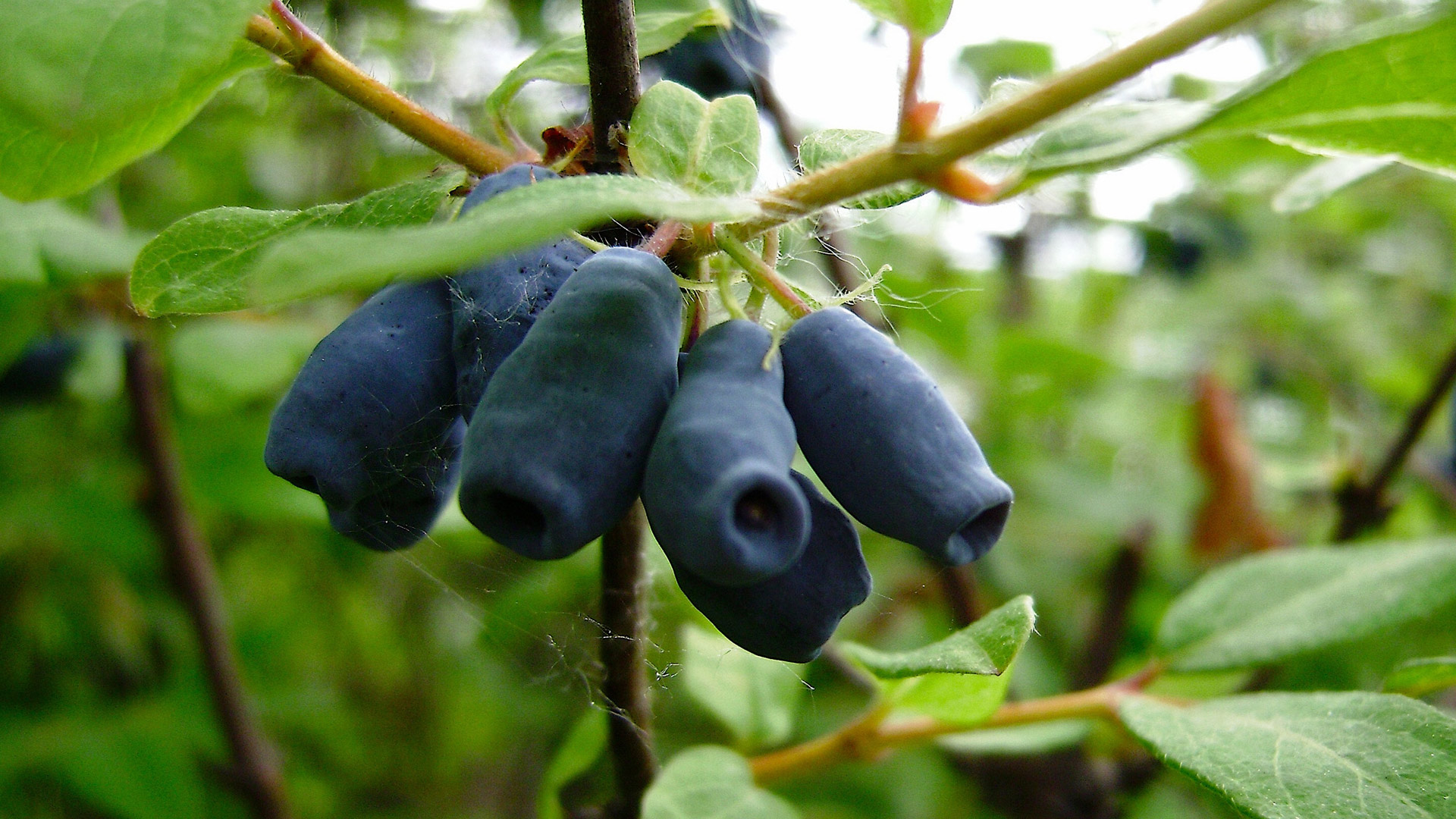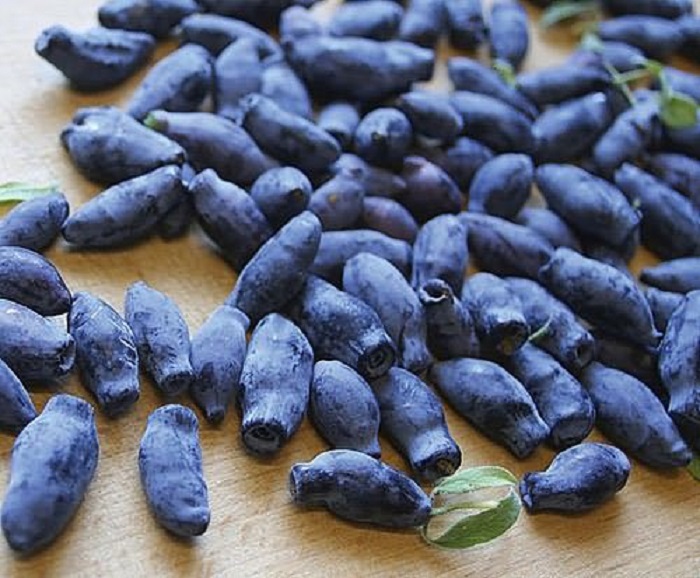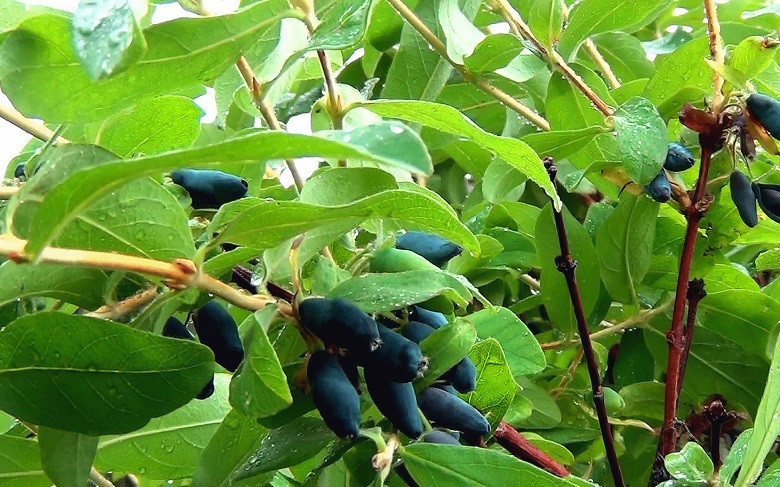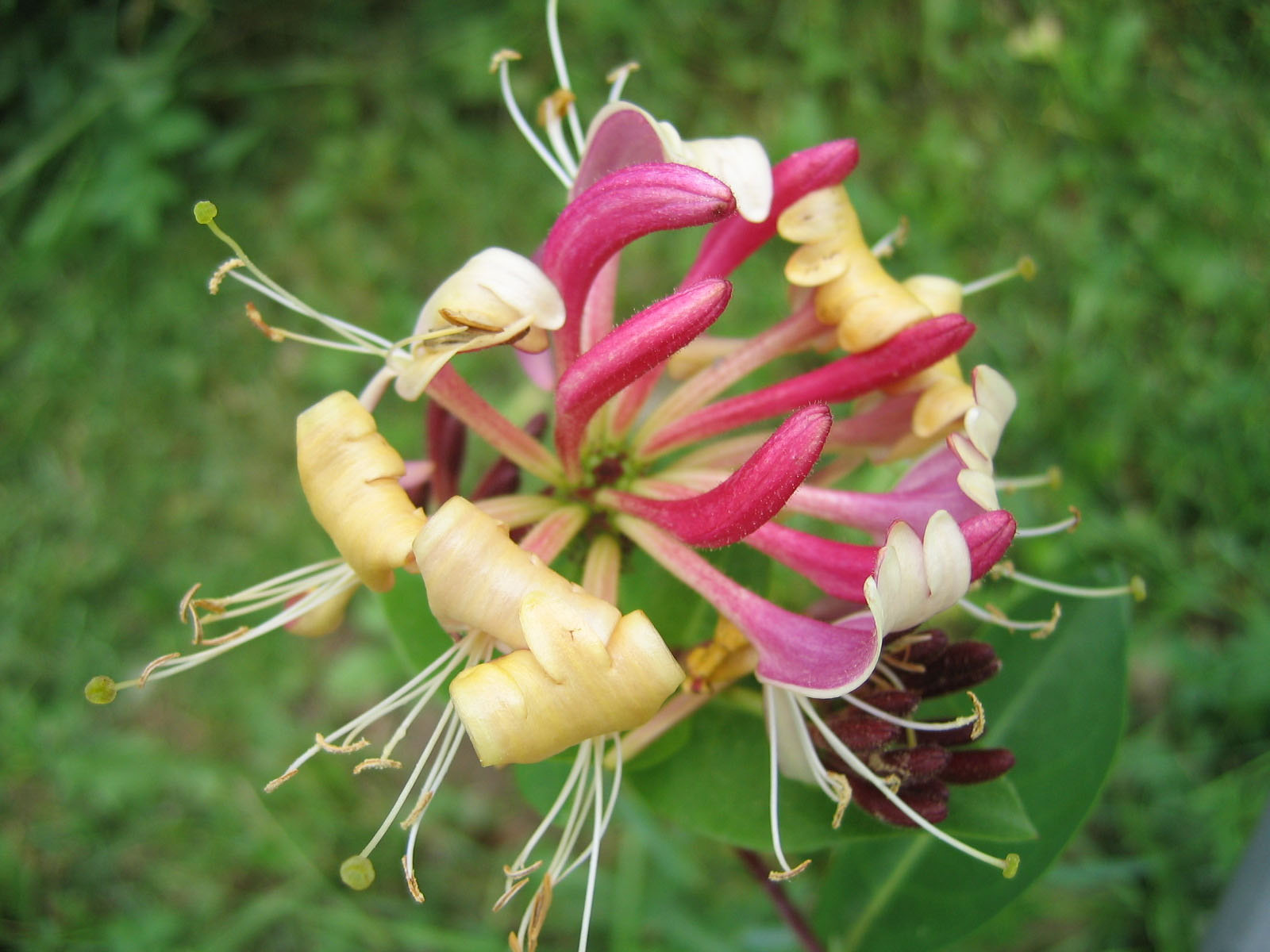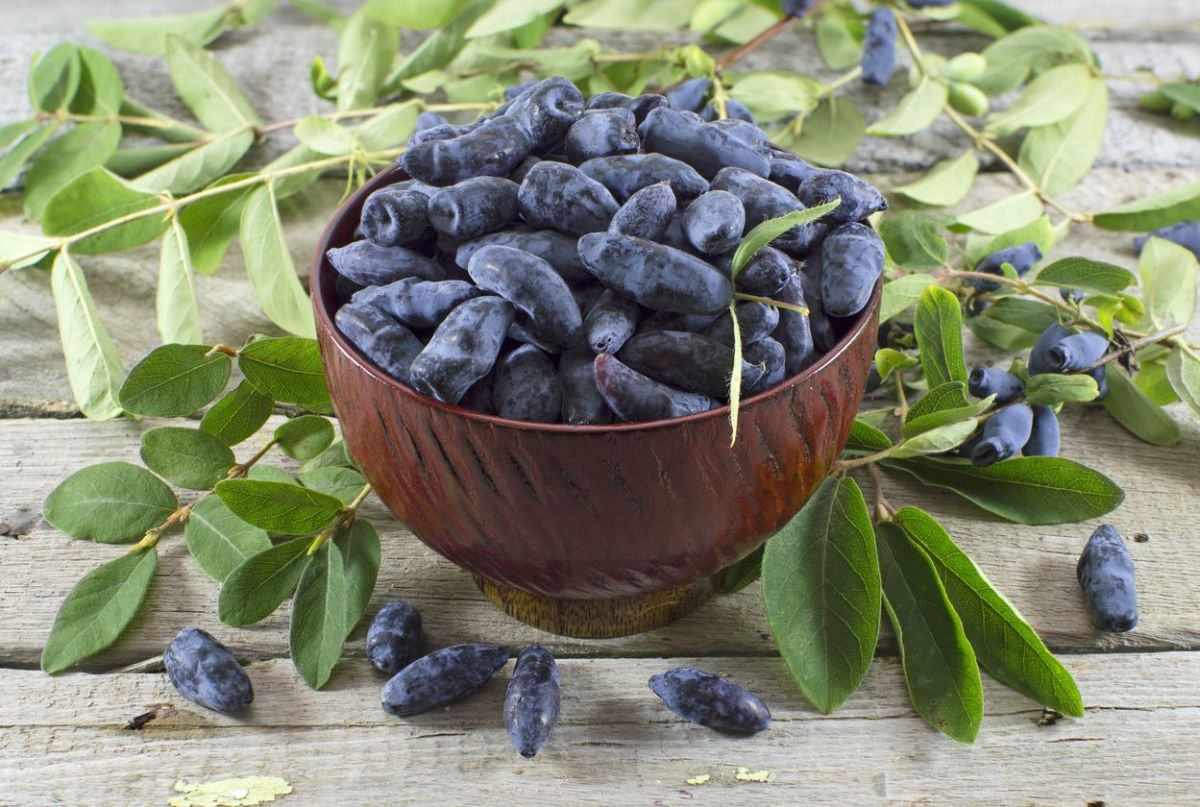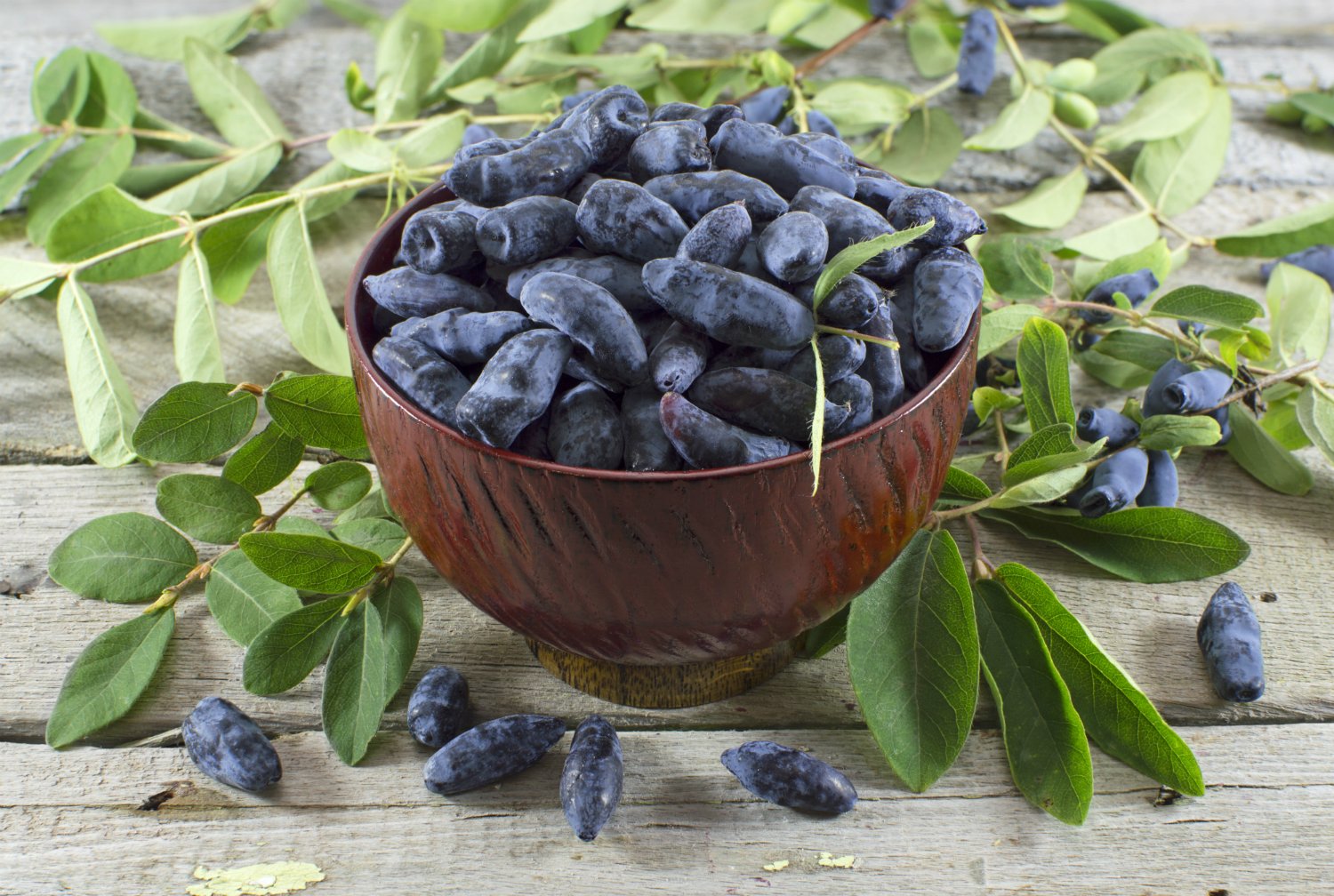Content:
Modern gardeners and gardeners have recently begun to place such shrubs as honeysuckle on their plots. This is a type of edible berry that is rich in vitamins and nutrients. Also, the plant is quite easy to care for. Breeders have developed a large number of varieties for areas with different climatic conditions. For example, in the description of the Amphora honeysuckle variety, there are many attractive points that distinguish it from its analogues.
A bit of history
Initially, honeysuckle was considered exclusively a wild plant. But gradually man learned to grow this shrub in his gardens. Breeders at the Pavlovsk experimental station of the VIR named after V.I. N.I. Vavilov. The progenitor was a wild variety of Kamchatka honeysuckle, which was subject to free pollination by the Roxana plant variety. The plant was entered into the State Register of Breeding Achievements in 1998, the authors are M.N. Plekhanov, K.F. Efimova and A.V. Kondrikov.
Description of the variety
Amphora honeysuckle bushes are upright growing, with a height of up to 1.5 m. The compact crown is formed with a regular oval shape. Straight skeletal branches are reddish in color, directed upward at a certain angle. The leaves are green and oval in shape. The plate is weakly folded in the center, fleecy, dense. Many gardeners successfully use shrubs not only for harvesting, but also as decorative elements.
The flowers have a tubular bell-shaped green-yellow color. The result is large berries, up to 2 cm, with a maximum weight of up to 3 g. Jug-shaped berries with a smooth surface. The skin is dense with a strong waxy bloom, the color is bluish-blue.
The berries are very pleasant to taste: sweet and sour, and the sourness is not felt too clearly, there is a slight bitterness. This dessert berry is rated 4.5 on the flavor scale.
The variety belongs to universal use - berries can be eaten raw, or can be used for preparations. Compotes, jams, preserves are prepared from them. The fruits have good transportability characteristics, and retain their beautiful appearance for a long time.
The chemical composition is represented by the following set of trace elements:
- Dry matter - 13.8%;
- Sugar - 7.6%;
- Titratable acids - 2.6%;
- Ascorbic acid - 58 mg / 100g.
Berries have medicinal properties. The querticin contained in their composition helps to strengthen the capillaries, and berries will also help in the treatment of colds - they have an antipyretic effect. Popularly, the fruit is also often used as a diuretic, antimalarial, anti-scaling and astringent.
The plant belongs to the medium-fruited varieties, the berries begin to ripen towards the end of June. After planting, the first harvests ripen in the third year of the shrub's life. Depending on the soil and climatic conditions, the yield can be up to 3 kg per bush.The variety is self-fertile, so other types of honeysuckle should be located nearby. It is best to plant varieties of Altair, Viola, Blue Spindle and others as pollinators.
Care features
You can only get a decent harvest from the bushes if you provide them with proper proper care. All stages are important here, from planting to preparing the plant for wintering.
Landing
A feature of such a plant as honeysuckle is the ability to grow in one place for about 20 years. But if necessary, the bush can be moved to a new place. Honeysuckle Amphora tolerates such a procedure easily.
For the plant to grow well, it is important to choose the right place for planting. Despite the fact that honeysuckle tolerates cold well, it is better to choose sunny places. The wind is not scary for the plant, but it is afraid of stagnation of water, while for a good harvest there must be sufficient soil moisture.
Honeysuckle bushes are planted from August to November. In the spring, it is not worth planting, since already in March the buds of the plant swell, and movement will become a great stress. A hole is dug in accordance with the size of the seedling root system. The bottom is laid out with drainage, then a compost bucket and a liter can of wood ash are placed. Be sure to add about 50 grams to the pit. superphosphate. All the mixture obtained in the pit is poured with a bucket of water, a seedling is placed in the center.
Watering and feeding
Watering should be done very carefully. The soil should not be excessively wet, but it should also not be allowed to dry out. Honeysuckle Amphora does not tolerate stagnant water.
If you apply a sufficient amount of fertilizer when planting, you can forget about them for the next two years. Their introduction should start from the third year. Feeding is divided into two stages:
- In the spring, during the budding period, the bushes require organic matter. This can be humus or compost;
- Autumn feeding is carried out in August with wood ash. For each bush, 0.5 liters of substance is enough.
Pruning
They also start cutting bushes 2 years after planting. The procedure is sanitary and is performed when the plant is dormant. The optimal period is September. All diseased damaged branches are removed.
6-7 years after planting, it is recommended to remove 2-3 branches near the ground every year that do not bear fruit. After 15 years, a complete rejuvenation of the honeysuckle is carried out.
Diseases and pests
During the growth period, honeysuckle can be affected by various pests:
- Leaf rollers. Most often they appear during the period of pouring berries. Caterpillars of this insect love to feast on young leaves and shoots;
- Aphid. The insect prefers to settle on the leaves, sucking the juice out of them. They turn yellow and dry;
- The willow scabbard, which feasts on juice from the bark, can also settle on bushes with honeysuckle. It is very easy to spot her. Comma-shaped bumps appear on the bark.
There are many ways to control pests. "Fitoverma", "Iskra-bio", "Agravertin" will perfectly cope with this task. Spraying is carried out in the evening, in calm weather.
The advantage of honeysuckle is disease resistance. In rare cases, powdery mildew may appear on the foliage. It is quite easy to deal with it - the solution of the drug "Fitosporin" will help.
Advantages and disadvantages of the variety
The main advantages of this variety of honeysuckle include:
- Large berries with a pleasant dessert taste;
- Winter hardiness;
- Good resistance to various diseases;
- Resistance to secondary flowering;
- Not afraid of drafts;
- Can be used simultaneously for harvesting and for decorative purposes;
- The berries of the plant have certain medicinal properties;
- The fruit contains a large amount of vitamins;
- After flowering, the berries do not crumble for a long time.
As the main disadvantage, it should be noted that the yield from one bush is not too high.
The presented description of the Amphora honeysuckle variety helps to understand that there simply cannot be a better candidate for a summer cottage. Having planted such a plant, every gardener will enjoy the harvest in early summer, filled with useful substances and vitamins. Those berries that will not be eaten fresh can always be preserved for the winter.
